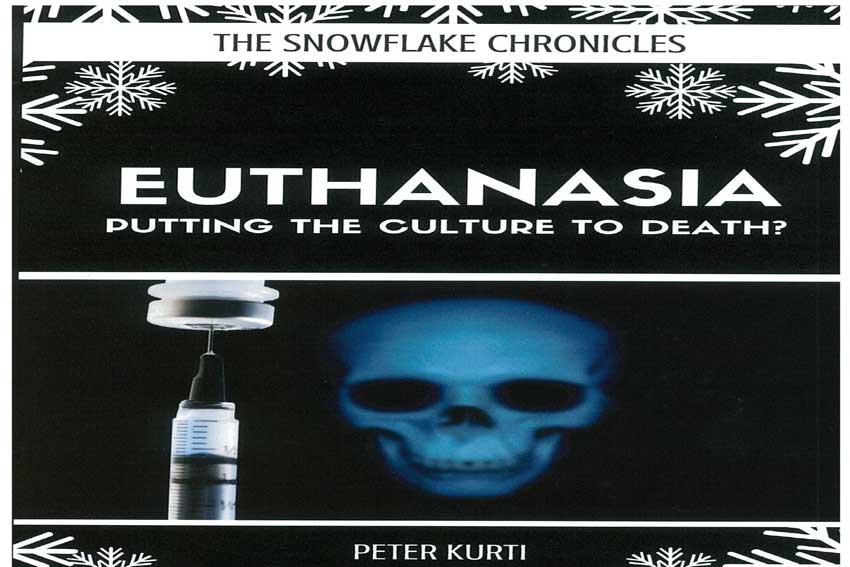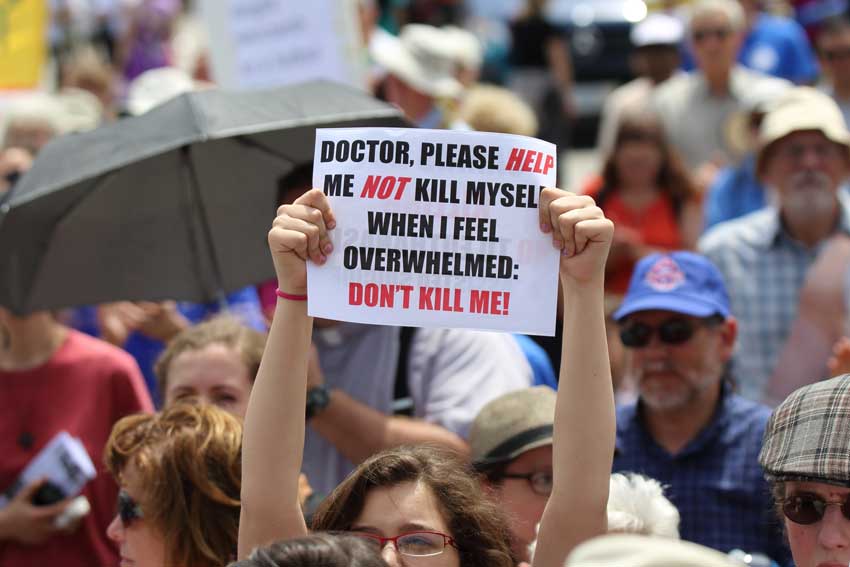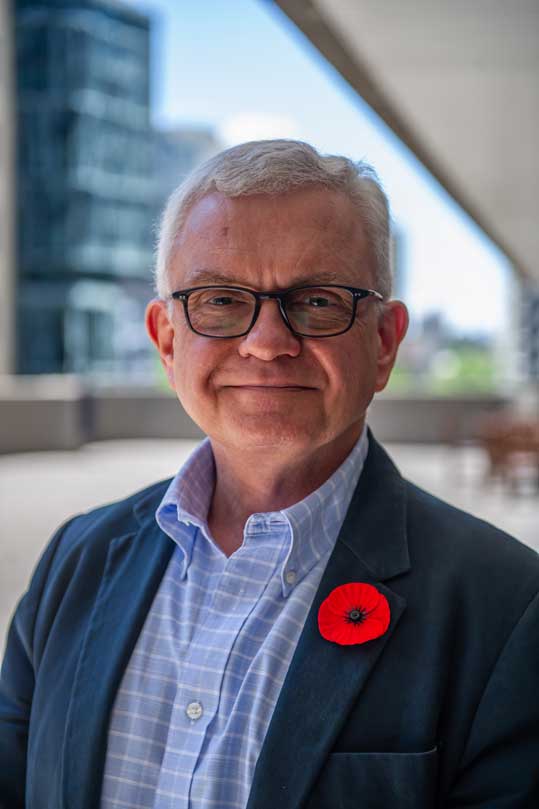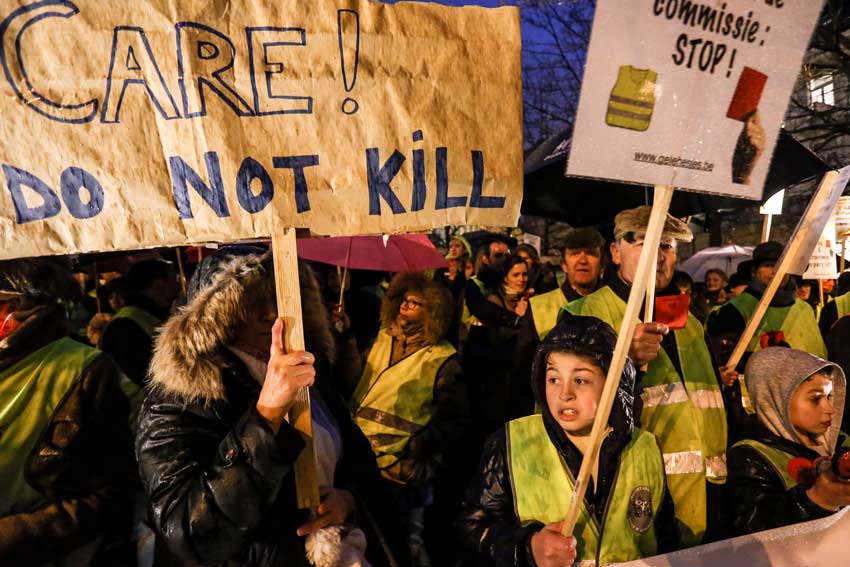- In Interviews
- Inés San Martín Dec 19, 2018
“I don’t know why people are surprised that he’s Catholic,” said the author of a book-length interview with Pope Francis. “He hasn’t said anything that is not part of traditional doctrine.”
In a book recently published in Spanish that will soon come out in English, Pope Francis is quoted saying that having gays in the clergy “is something that worries me,” remarking that some societies consider homosexuality a “fashionable” life style.
The comments made a splash, with some saying that it contradicts the gay-friendly image of the “Who am I to judge?” pope, while for others, it was a reinstatement of their belief that the Argentine pontiff is an anti-gay pope due to his repeated criticism of what he calls “gender ideology.”
The book from which those remarks were drawn, The Strength of Vocation, came to be after a four-hour interview Francis granted Spanish missionary priest Fernando Prado, who said he arrived for their scheduled meeting with 60 questions. The conversation took place Aug. 4 in the Santa Marta residence which is within Vatican grounds and where Francis has lived since the beginning of his pontificate.
Though the pope didn’t ask for it, Prado said he’d send the draft questions and answers along to make sure he was comfortable with the content.
“I sent him the distilled text on a Wednesday, during the Synod of Bishops on young people, faith and vocational discernment, which took place in October, and he called me on Saturday and told me he loved it,” Prado told Crux in Rome earlier this month.
The pope had very few changes to make, Prado said, and they were very specific things, like having the names of religious men and women he spoke about included in the book.
“I had told him, ‘Holy Father, there are some headlines here that could make people talk’,” Prado said he told the pontiff. “I’ve read it, and I agree with what I said, so go ahead,” was Francis’s response.
The priest has known the pope for several years now, as he was the editor of the Spanish editions of books compiling all the speeches and writings of then-Cardinal Jorge Mario Bergoglio when Francis was the archbishop of Buenos Aires.
“I wasn’t surprised by the pope’s response to the question regarding homosexuals having access to the priesthood,” he said. “He doesn’t say anything beyond what the social doctrine of the Church says. And some in the gay world, the LGTBI community or gay lobby- because I believe there is a gay lobby that puts pressure worldwide, internationally, nationally and also in the ecclesial world- were disappointed because they had misunderstood other statements that the pope made earlier.”
“The Church has to welcome [gay] people, accompany them,” Prado said. “But one thing is to welcome people, another is to say that they have the right to be priests. First of all, no one has the right to be priests. It’s a call that comes from God that the Church confirms, and the Church sets the standard.”
“I don’t know why people are surprised that he’s Catholic,” Prado said of Francis. “He hasn’t said anything that is not part of traditional doctrine.”
According to Prado, what he describes as the “homosexual collective” saw itself “stopped” by Francis from “carrying their project forward,” but “this is the Church.”
Talking to Prado, the pontiff said that homosexuality within the walls of seminaries, convents and other religious places where clergy live is “a very serious question.”
“In our societies, it even seems homosexuality is fashionable. And this mentality, in some way, also influences the life of the Church,” the pontiff continued, in a book he reviewed in full in Spanish before it was printed.
He also spoke about the importance of the selection process when men want to go into seminary, saying that formators must look for “human and sentimental maturity.”
The pope also commented on a clergyman who had told him that having gays in Catholic religious housing “isn’t so grave” because it’s “only an expression of affection.”
That reasoning “is in error,” Francis told Prado. “In consecrated life and priestly life, there is no place for this kind of affection.”
He said candidates with “neuroses or strong unbalances” should not be accepted to the priesthood nor to other forms of consecrated life.
As he has in the past, the pontiff distinguished between what he sees as a lobby imposing an ideology and individual people, saying that gay Catholics contribute to the life of the Church, that cannot forget that they’re “persons who’ll live in the service of the Church, of the Christian community, of the people of God. Let’s never forget this perspective.”
Since Prado is a man of the print industry, he understood that the headlines would focus on the pope’s comments about gay people in the priesthood. However, had he been able to influence the media, he would have focused on the pope’s vision of religious life as a gift for the Church, and that the book is “a call to religious to live their consecration with joy and to look into their future with hope.”
“But hey, that is not a very journalistic headline…” he acknowledged. “But I think there are many interesting things, including that he addresses his concern over formation and the selection of candidates and human maturity as a whole, not only regarding homosexuality; clericalism in the Church; worldliness.”
“The pope is demanding of the religious,” Prado said. “On the one hand he encourages us, but on the other he demands of us. He wants for religious life to shine in the Church for what it has to be and for the requirement that we be faithful to our vocation. Religious life is a gift for the Church, but also a call for us to live with joy and to look to their future with hope.”
https://cruxnow.com/interviews/2018/12/19/pope-doesnt-back-down-from-skepticism-about-gays-in-priesthood/
The book from which those remarks were drawn, The Strength of Vocation, came to be after a four-hour interview Francis granted Spanish missionary priest Fernando Prado, who said he arrived for their scheduled meeting with 60 questions. The conversation took place Aug. 4 in the Santa Marta residence which is within Vatican grounds and where Francis has lived since the beginning of his pontificate.
Though the pope didn’t ask for it, Prado said he’d send the draft questions and answers along to make sure he was comfortable with the content.
“I sent him the distilled text on a Wednesday, during the Synod of Bishops on young people, faith and vocational discernment, which took place in October, and he called me on Saturday and told me he loved it,” Prado told Crux in Rome earlier this month.
The pope had very few changes to make, Prado said, and they were very specific things, like having the names of religious men and women he spoke about included in the book.
“I had told him, ‘Holy Father, there are some headlines here that could make people talk’,” Prado said he told the pontiff. “I’ve read it, and I agree with what I said, so go ahead,” was Francis’s response.
The priest has known the pope for several years now, as he was the editor of the Spanish editions of books compiling all the speeches and writings of then-Cardinal Jorge Mario Bergoglio when Francis was the archbishop of Buenos Aires.
“I wasn’t surprised by the pope’s response to the question regarding homosexuals having access to the priesthood,” he said. “He doesn’t say anything beyond what the social doctrine of the Church says. And some in the gay world, the LGTBI community or gay lobby- because I believe there is a gay lobby that puts pressure worldwide, internationally, nationally and also in the ecclesial world- were disappointed because they had misunderstood other statements that the pope made earlier.”
“The Church has to welcome [gay] people, accompany them,” Prado said. “But one thing is to welcome people, another is to say that they have the right to be priests. First of all, no one has the right to be priests. It’s a call that comes from God that the Church confirms, and the Church sets the standard.”
“I don’t know why people are surprised that he’s Catholic,” Prado said of Francis. “He hasn’t said anything that is not part of traditional doctrine.”
According to Prado, what he describes as the “homosexual collective” saw itself “stopped” by Francis from “carrying their project forward,” but “this is the Church.”
Talking to Prado, the pontiff said that homosexuality within the walls of seminaries, convents and other religious places where clergy live is “a very serious question.”
“In our societies, it even seems homosexuality is fashionable. And this mentality, in some way, also influences the life of the Church,” the pontiff continued, in a book he reviewed in full in Spanish before it was printed.
He also spoke about the importance of the selection process when men want to go into seminary, saying that formators must look for “human and sentimental maturity.”
The pope also commented on a clergyman who had told him that having gays in Catholic religious housing “isn’t so grave” because it’s “only an expression of affection.”
That reasoning “is in error,” Francis told Prado. “In consecrated life and priestly life, there is no place for this kind of affection.”
He said candidates with “neuroses or strong unbalances” should not be accepted to the priesthood nor to other forms of consecrated life.
As he has in the past, the pontiff distinguished between what he sees as a lobby imposing an ideology and individual people, saying that gay Catholics contribute to the life of the Church, that cannot forget that they’re “persons who’ll live in the service of the Church, of the Christian community, of the people of God. Let’s never forget this perspective.”
Since Prado is a man of the print industry, he understood that the headlines would focus on the pope’s comments about gay people in the priesthood. However, had he been able to influence the media, he would have focused on the pope’s vision of religious life as a gift for the Church, and that the book is “a call to religious to live their consecration with joy and to look into their future with hope.”
“But hey, that is not a very journalistic headline…” he acknowledged. “But I think there are many interesting things, including that he addresses his concern over formation and the selection of candidates and human maturity as a whole, not only regarding homosexuality; clericalism in the Church; worldliness.”
“The pope is demanding of the religious,” Prado said. “On the one hand he encourages us, but on the other he demands of us. He wants for religious life to shine in the Church for what it has to be and for the requirement that we be faithful to our vocation. Religious life is a gift for the Church, but also a call for us to live with joy and to look to their future with hope.”
https://cruxnow.com/interviews/2018/12/19/pope-doesnt-back-down-from-skepticism-about-gays-in-priesthood/








